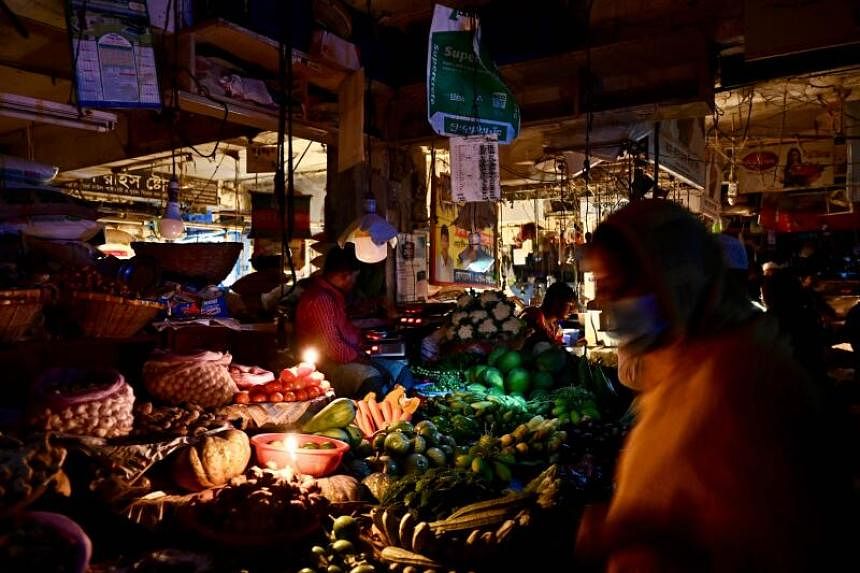When the electricity cut out earlier in October in her flat in Dhaka, Ms Sabina Yeasmin’s first thought was for her 17-month-old daughter. Bangladesh’s capital fills with dengue-carrying mosquitoes at this time of year. With no working fan or air-conditioner, Ms Yeasmin could not put her toddler under the stifling mosquito net. A diesel shortage had put the backup generator out of commission. Even the price of candles had quadrupled. Ms Yeasmin could barely keep from crying.
The power cut that plunged her building into darkness on Oct 4 did the same to most of Bangladesh: four-fifths of the country’s 165 million people lost electricity for seven hours. Factories ground to a halt. Pumps in tenements ceased to work, depriving residents of water. The grid failure was an extreme symptom of an electricity shortage caused by geopolitics. Over the past decade, Bangladesh has added a lot of generation capacity to keep up with its growing economy, mostly by building natural-gas plants that run on imported fuel. Russia’s invasion of Ukraine pushed up the price of gas. Gulf gas producers have prioritised exports to Europe, which pays top dollar, over those to poor countries.
Already a subscriber? Log in
Read the full story and more at $9.90/month
Get exclusive reports and insights with more than 500 subscriber-only articles every month
ST One Digital
$9.90/month
No contract
ST app access on 1 mobile device
Unlock these benefits
All subscriber-only content on ST app and straitstimes.com
Easy access any time via ST app on 1 mobile device
E-paper with 2-week archive so you won't miss out on content that matters to you

